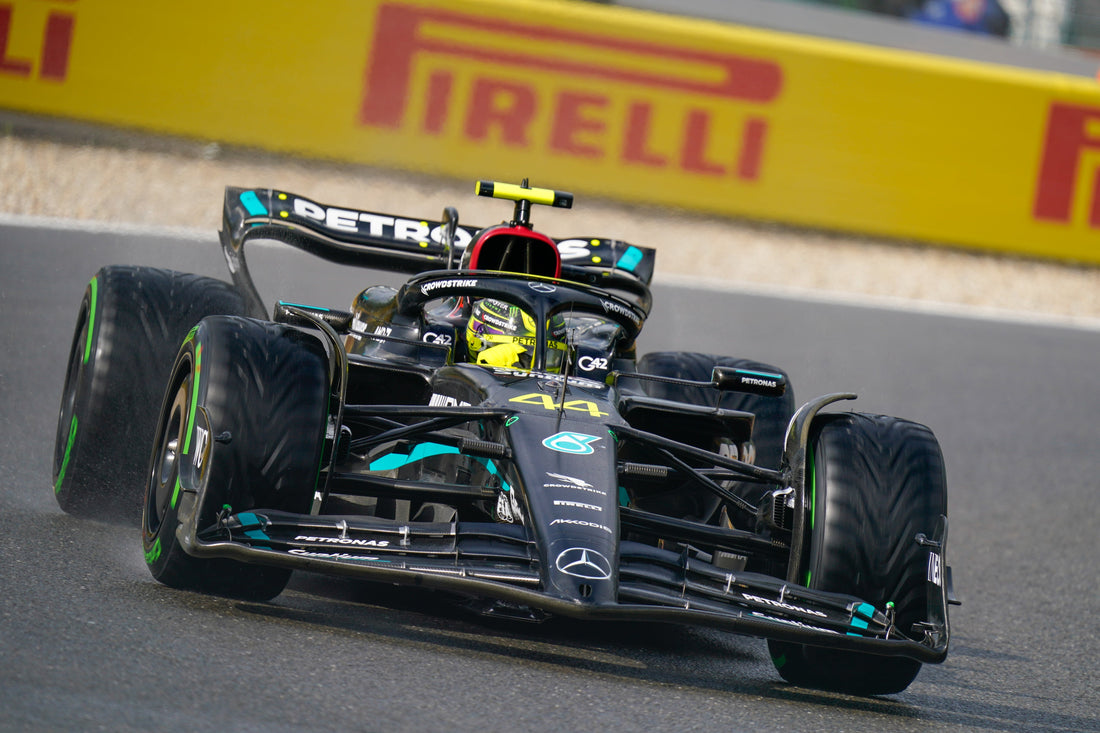
How Non-Destructive Testing Keeps Formula 1 Cars Safe and Fast
Formula 1 is more than just a sport—it’s a high-stakes combination of speed, technology, and engineering brilliance. Every second counts and the cars are designed to be the fastest, lightest, and most reliable machines on the planet. But what makes these cars safe at speeds over 200 mph? The answer lies in non-destructive testing (NDT), a critical process that ensures the reliability of every part in these high-performance vehicles.
So, what is non-destructive testing, and why is it so important in Formula 1? Let’s break it down.
What Is Non-Destructive Testing?
Non-destructive testing is like a superpower for engineers. It allows them to find tiny cracks, flaws, or weaknesses in materials without taking them apart or causing any damage. For Formula 1, this is crucial because every component needs to be perfect to handle the extreme forces on the track.
Imagine being able to X-ray a carbon fiber wing or listen to sound waves bouncing inside a suspension arm to detect invisible flaws. That’s what NDT does, ensuring every part is race-ready without affecting its performance.
Why NDT Is Vital in Formula 1
Formula 1 cars aren’t just fast—they’re incredibly expensive and made from high-tech materials like carbon fiber, titanium, and aluminum. Teams like Mercedes and Ferrari spend millions on these cars, and a single flaw in a critical part can mean disaster during a race.
NDT helps these teams by:
- Ensuring Driver Safety: A cracked suspension could cause a crash at high speeds. NDT catches these issues before they become dangerous.
- Maximizing Performance: Even tiny imperfections in the car’s aerodynamic parts can slow it down. NDT ensures everything is flawless.
- Saving Costs: Instead of replacing expensive parts unnecessarily, teams can inspect and reuse components that pass NDT.
Examples of Formula 1 Parts That Undergo NDT
- Carbon Fiber Wings: The wings on an F1 car are essential for controlling downforce. Ultrasonic testing checks for internal flaws in the carbon fiber that could cause it to fail during a race.
- Suspension Arms: These parts take incredible stress during high-speed cornering. Eddy current testing is used to detect cracks or weaknesses invisible to the naked eye.
- Gearboxes and Engine Components: Radiography (similar to an X-ray) inspects internal components like gear teeth or engine valves, ensuring they can withstand the power and heat generated during a race.
- Tires: While tires are replaced regularly, NDT techniques like thermography help identify issues with temperature distribution, ensuring they provide maximum grip and safety.
How NDT Works in Formula 1
Formula 1 teams use a variety of NDT methods to inspect their cars. Here are a few examples:
- Ultrasonic Testing: This method sends high-frequency sound waves into materials, detecting internal flaws without cutting them open. It’s like using a medical ultrasound but for car parts.
- Eddy Current Testing: A small magnetic field detects tiny cracks in metal components. This is great for parts like suspension arms or brake callipers.
- Liquid Penetrant Testing: A colourful dye seeps into surface cracks, making them visible under UV light. This technique is often used for engine parts.
- Radiography: This X-ray-like method reveals hidden defects inside materials. It’s perfect for complex components like gearboxes.
Why NDT Is a Game-Changer for Formula 1
Non-destructive testing isn’t just about finding flaws—it’s about ensuring the entire car is ready to perform at its peak. When a driver like Lewis Hamilton or Charles Leclerc steps into the car, they need to trust that every part will hold up to the challenges of the race.
For fans, NDT means we get to see the fastest and safest cars battling it out on the track. For engineers, it’s the secret weapon that keeps Formula 1 at the cutting edge of technology.
Next time you watch an F1 race, remember the invisible work behind the scenes. Non-destructive testing might not get the spotlight, but it’s a critical part of what makes Formula 1 the pinnacle of motorsport.

Understanding the Difference Between Destructive and Non-Destructive Testing Read More